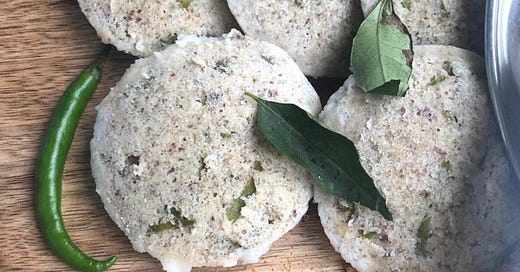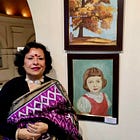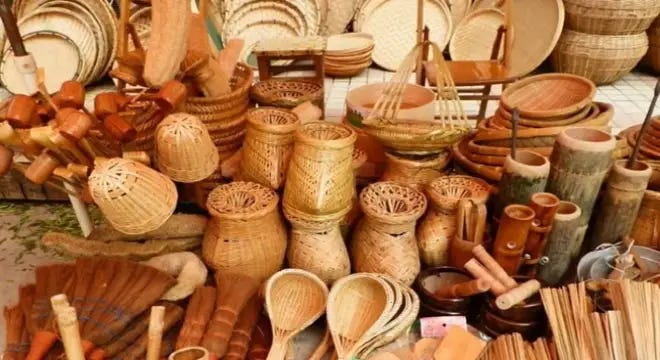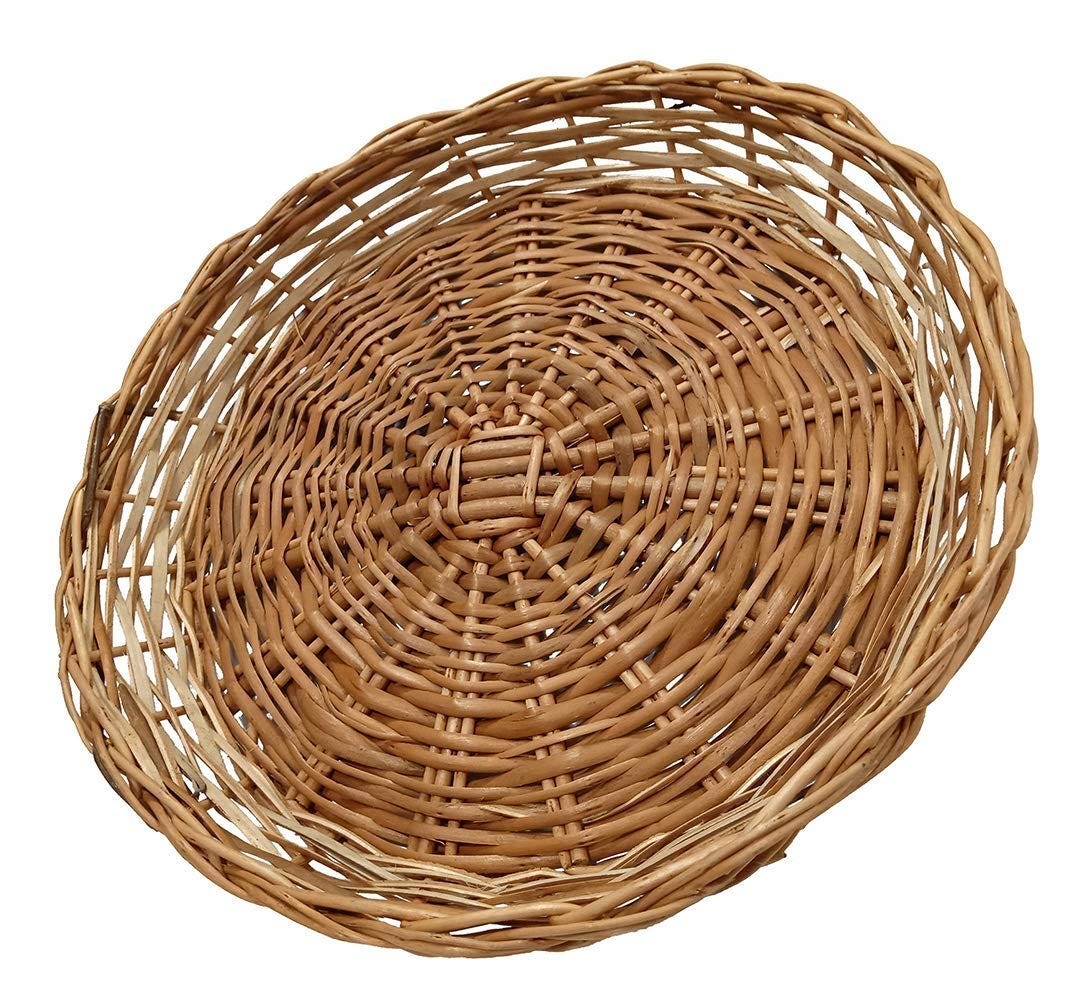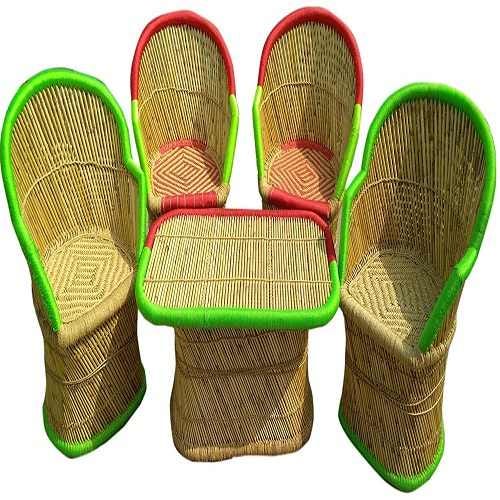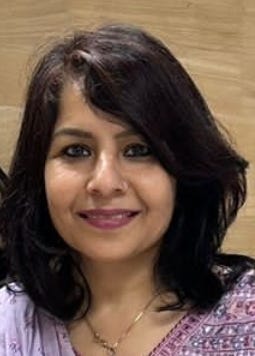July Newsletter: A Potpourri of Literature, Craft, Food, Tech & Beyond
It's been an eventful month at the Haryana Council. We mark an important phase in our journey as a Council and are happy to share what we have been up to!
Dear readers,
Welcome to the July issue of our newsletter! We are excited to share with you the latest happenings and initiatives from the Haryana Council. Let’s begin!
Monthly Round-up
Here’s a peek into the posts we published in the past month:
View all Council Member feature stories
Council Events
Women. Words. Wisdom: Haryana Council Event, 2nd July 2023
Inauguration and launch of WICCI Talks, Overleaf Book Club, and WeNext Tech Club: An eventful evening at Kunzum Gurgaon and a truly momentous occasion for Haryana Arts Council!
On Sunday, 2nd July we had a wonderful and exciting day at the 'Women. Words. Wisdom' event by Haryana Arts Council in collaboration with Delhi Poetry Festival in Gurugram. Insights, discussions, inauguration of new initiatives, and poetry reading made the occasion engaging. It was truly an inclusive and vibrant space for thoughts, discussions...
Culinary Delights with Sonal Maheshwari: Ragi Idli
Council Member Sonal Maheshwari is back with yet another recipe for the foodie in you!
Hi! I’m Sonal Maheshwari. I am a passionate cook and an equally passionate foodie. With a strong inclination for servicing healthy and unique cuisine for my clients that pleases their tastebuds, I started my culinary venture, 7Spoonn. Today I’m sharing one of my favourite recipes with you: Ragi Idli
Millet is a versatile, nutrient-dense grain that has been cultivated for thousands of years. Its nutritional value, gluten-free nature, and versatile culinary applications make it an excellent choice for individuals seeking to enhance their overall well-being.
Millet has a mild, nutty flavour and a slightly chewy texture. It can be used in a variety of dishes, including porridge, salads, and stews. Millet is also a popular ingredient in gluten-free baking. Some of the popular millet dishes out of our Indian kitchen are: Ragi Idli, Millet Porridge, Millet Salad, Millet Pilaf, Millet mathri, and Millet Porridge. It can also be used in desserts, such as millet pudding or millet cookies.
Here is a millet recipe that you can try. Ragi idli is a nutritious and gluten-free variation of the traditional South Indian idli. Made with ragi flour (finger millet flour),
Ingredients:
1 cup ragi flour
1 cup idli rice or regular rice
1/2 cup urad dal (split black lentil)
1/4 cup poha (flattened rice)
1/2 teaspoon fenugreek seeds (methi seeds)
Salt to taste
Water (as needed)
Oil (for greasing the idli moulds)
Instructions:
Wash and soak the idli rice, urad dal and poha for at least 6 hours. After soaking,
drain the water from the urad dal and keep it aside.
Grind the urad dal to a smooth paste using a grinder or blender. Add water gradually as needed while grinding as per consistency.
In a large mixing bowl, combine the urad dal batter, rice-poha batter, and ragi flour. Mix well.
Cover the batter and allow it to ferment in a warm place for 6 to 8 hours or overnight. The fermentation process will make the idlis soft and fluffy.
Once the batter has fermented, give it a gentle stir. If it appears too thick, you can
add a little water and adjust the consistency.
Grease the idli moulds with oil. Pour the batter into each mould and cook for 12 to
15 minutes.
Serve the ragi idlis hot with your favourite chutney, sambar, or any accompaniment of your choice.
Note: You can buy ready idli mix and add ragi flour for quicker results.
Read my earlier post: Summer Delights with Sonal Maheshwari
Haryana Knowledge Repository
Council member Rajni Sardana is a writer, poet and exponent of the Hindi language. In this issue, she writes about the Bamboo and Cane Weaving Crafts of Haryana.
हरियाणा हस्तशिल्प – रजनी सरदाना
आइये आज आपको हरियाणा की एक और हस्तकला से रूबरू करवाती हूँ और वो है:
बांस और बेंत की कलाकृतियां (BAMBOO AND CANE ARTIFACTS)
बेंत और बांस की कला और शिल्प भारत के हरियाणा राज्य में एक पारम्परिक कला है। बेंत और बांस का हस्तशिल्प मनुष्य द्वारा ज्ञात सबसे पुराने शिल्पों में से एक है। यह सम्पूर्ण भारत के विभिन्न क्षेत्रों में सार्वभौम रूप से प्रचलित है।
भारत में बांस सामग्री का एक असाधारण स्त्रोत है। बांस बड़ी लकड़ी वाली घास है और दुनिया भर में बांस के 1200 से अधिक नमूने मौजूद है। इसका आकार छोटे से लेकर 60 मीटर से अधिक के विशाल तने तक है। बांस पृथ्वी पर सबसे तेजी से बढ़ने वाले पौधे में से एक है और सांस्कृतिक, सामाजिक और आर्थिक परंपरा का एक सिद्धांत है।
बांस का पारंपरिक उपयोग घरेलू फर्नीचर और अनेक तरह के सामान जैसे छोटे स्टूल,फूलों जैसी सजावटी वस्तुएं, कलम जैसी उपयोगीवस्तुएं,स्टैंड,फ़्रेम,कुर्सियां,पलंग,चारपाई,रैक,छाता,छड़ी,बैग,टोकरीयाँ,चिक,आभूषण इत्यादि बनाने के लिये किया जाता है ।
बेंत और बांस से बनी आकर्षक वस्तुएँ उपयुक्त और पर्यावरण-अनुकूल हैं।बांस और बेंत प्लास्टिक का एक स्मार्ट विकल्प है। इनके निर्माण में रोजगार के और कुटीर उद्योग के बहुत अवसर है।
बेंत और बांस का उत्पादन अधिक होने पर सस्ते बेंत के बंगले भी बनाये जा सकते हैं। बेंत की उपलब्धता अधिक होने पर, लतादार फल और सब्जियाँ जैसे अंगूर,कीवी,पैसन फल,करेला टमाटर ,इत्यादि उगाने के लिये तथा मुर्गी पालन एवं बत्तख पालन के लिये, जालीदार फ्रेम बनाने के उपयोग में लाया जा सकता है।
बेंत के जालीदार फ्रेम पर मुर्गी पालन करने से मुर्गियों का बीट झिरी से अलग गिर जायेगा। इससे मुर्गियों को साफ-सुथरा रखने में सुविधा होगी तथा फर्श गीला होने की समस्या नहीं रहेगी।
बेंत का उपयोग स्कूल कॉलेज के फर्नीचर बनाने तक में हो सकता है। चूँकि बेंत छाया में भी उग सकने वाला पौधा है जिसे शीशम,नारियल, पाम, ताड़ ,जैटोब (जल जमाव में उगने योग्य, फर्नीचर के लिये उपयुक्त लकड़ी), अर्जुन के वृक्षों के सहारे भी उगाया जा सकता है। बेंत की लकड़ी कार्बन सिंक की भाँति व्यवहार करती है। यदि पूरे संसार के उष्ण एवं उपोष्ण जलवायु के क्षेत्रों में जल जमाव वाली खाली बंजर जमीन पर बेंत की खेती प्रारम्भ की जाए तो ग्लोबल वॉर्मिंग की समस्या से निबटने में काफी मदद मिलेगी।
हरियाणा में सरकंडा घास या मीठी बेंत ( सैकरम मुंजा ) का उपयोग हल्के वजन वाले मजबूत फर्नीचर तैयार करने के लिए किया ही जाता है और इसका उपयोग पूरे भारत में किया जाता है। ब्रिटिश राज के फोटोग्राफिक साक्ष्य से पता चलता है कि औपनिवेशिक काल में इसका उपयोग आमतौर पर बगीचे के फर्नीचर के रूप में किया जाता था।
यह जंगली बारहमासी घास सूखे नदी तलों में चार फीट की ऊंचाई तक बढ़ती है और सर्दियों के महीनों में हर साल इसकी कटाई की जाती है। एक बार सूख जाने पर पौधे का प्रत्येक भाग उपयोग में लाया जाता है। लंबे मोटे तने का उपयोग फर्नीचर बनाने के लिए किया जाता है, इसकी बाहरी त्वचा से लेकर छप्पर की छत तक बनाई जाती है। इसके ऊपरी आधे हिस्से ( तुली ) को विभिन्न प्रकार की टोकरियों में लपेटा जाता है,जबकि इसकी पंखदार पत्ती(मुंज ) को मजबूत रस्सियों में संसाधित किया जाता है।
सरकंडा फर्नीचर का निर्माण दोहरी परत प्रणाली पर आधारित है। निर्माण के लिए और खोखले आधार को मजबूत करने के लिए तनों को सरलतापूर्वक विपरीत दिशाओं में घुमाया जाता है। मुंज रस्सियाँ मोड़ में लॉक-इन होती हैं।
तीन अलग-अलग स्तरों पर तनों के माध्यम से आपस में गुंथी जाती हैं, इस प्रकार तनों को बांधती हैं और आधार को स्थिर करती हैं। सीट को मुंज या चमकीले रंग की नायलॉन डोरी से बुना और पैटर्न दिया गया है। फर्नीचर और आकार की श्रेणी में मूडा या गोल स्टूल, घुमावदार बैकरेस्ट वाली कुर्सियाँ, दो और तीन सीटों वाले सोफे, टेबल और बहुत कुछ शामिल है।
शिल्पकला में स्थानीय रूप से निर्मित उपकरणों का उपयोग किया जाता है और इसमें चाकू और दरांती, सुई और हथौड़े की एक श्रृंखला शामिल होती है। टोकरियाँ कृषक परिवारों की महिलाओं द्वारा बनाई जाती हैं। लेकिन फर्नीचर केवल बाल्मीकि समुदाय के शिल्पकारों द्वारा बनाया जाता है ।जो हरियाणा के गुड़गांव, फारुखनगर,रेवाड़ी,महेंद्रगढ़ और फरीदाबाद जिलों में फैले हुए हैं।
अगले लेख में फिर एक नई हस्तकला की जानकारी के साथ रूबरू होंगें आप और हम ।
पढ़ने हेतु आपका धन्यवाद।
रजनी सरदाना
SelfSocially by Ruchika Verma
Thriving in times of social media marketing. Council member Ruchika Verma, a digital marketing expert and Instagram coach, is back with her monthly column.
Striking the Balance: Finding the Right Investment for Social Media Marketing as an Artist
Social media has revolutionised the way artists promote their work and connect with their audience. It provides a platform for showcasing creativity, engaging with fans, and expanding reach. However, it’s essential to strike the right balance when allocating resources to social media marketing. While it can yield substantial benefits, overspending or misallocating funds can hinder an artist’s growth and financial stability. In this blog, we will explore suggestive examples for artists to find the sweet spot in their social media marketing investments, as well as identify overexposure in terms of posting on social media.
1. Set Clear Objectives
2. Research and Identify Target Platforms
3. Quality Content over Quantity
4. Collaborations and Influencer Marketing
5. Paid Advertising
6. Analytics and Tracking
7. Balancing Organic and Paid Strategies
Here are some ways you can identify Overexposure in Social Media Posting:
Declining Engagement: Monitor the engagement metrics on your posts, including likes, comments, and shares. If you notice a consistent decline in engagement over time, it may indicate that your audience is becoming fatigued or disinterested. Take this as a sign to reevaluate your posting frequency or content strategy.
Unfollows and Unsubscribes: Keep an eye on your follower count and track any sudden spikes in unfollows or unsubscribes. While some fluctuation is normal, a significant drop may suggest that your audience feels overwhelmed by your content. Consider reassessing your posting frequency or adjusting the type of content you share.
Negative Feedback or Comments: Pay attention to the nature of comments and feedback you receive. If you notice an increase in negative or critical feedback, it could be a sign of overexposure. People may start perceiving your frequent posts as spam or intrusive, leading to negative sentiment towards your brand.
Lack of Variety or Repetitive Content: Posting too frequently can sometimes result in a lack of variety or repetitive content. If your audience notices a pattern or sees similar posts repeatedly, they may feel less compelled to engage. Keep your content fresh, diverse, and aligned with your artistic style to maintain interest and avoid overexposure.
Decreased Click-Through Rates: If you're using social media to drive traffic to your website or online store, monitor your click-through rates (CTR). A declining CTR may indicate that your audience is becoming less responsive to your posts due to overexposure. Experiment with different posting frequencies and strategies to find the optimal balance that generates the highest CTR.
Finding the right balance in social media marketing is crucial for artists. By setting clear objectives, focusing on relevant platforms, prioritising quality content, exploring collaborations, utilising paid advertising wisely, tracking performance, and monitoring signs of overexposure, artists can optimise their social media presence and engage their audience effectively while avoiding the pitfalls of excessive posting. Remember, maintaining a healthy and engaging relationship with your audience is the key to long-term success in social media marketing.
Daily Reminder!
That’s all for this month! Thank you for being a part of our community. Together, we can achieve remarkable results and move forward towards our mission of empowerment and growth. Stay tuned for more exciting updates and events in the coming months.
Warm regards,
Komal Gupta, Content Curator
Rajni Sardana, Hindi Content Curator
Neetu Ralhan, Editor
Sonika Tyagi, Video Editor
Get in touch with us: haryana.arts.council@gmail.com

